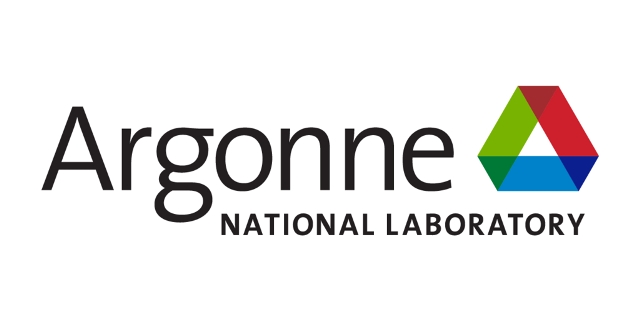
Argonne and Partners Call for Better Energy System Models to Enable a Decarbonized Future
LEMONT, Ill.–(BUSINESS WIRE)–New technologies such as solar power and grid energy storage are being rapidly deployed. To accommodate these and other technologies, utilities must run grids in completely new ways. Leading modeling experts from U.S. Department of Energy’s (DOE) Argonne National Laboratory and several other institutions call attention to the urgent need for better energy system models in a recent Nature Energy paper. Their objective was to inform researchers, regulators, policymakers, industry, and funding agencies about opportunities to enhance the models.
The paper focuses specifically on capacity expansion models, which are tools used to simulate future grids and identify optimal investments over multi-year periods. These models account for a complex set of factors, such as new policies, technology advances and electricity demand forecasts. Electric utilities use the models in long-term grid planning. Regulators and other governmental agencies use them to evaluate new energy and environmental policies.
One of the many challenges identified by the paper is that models do not adequately consider state of charge—the amount of energy stored in a battery at a given time. With visibility into state of charge, grid operators know if storage systems have enough power to meet demand on short notice when wind and solar generation are less than predicted. Models need to be enhanced so that they track changes in state of charge due to evolving grid conditions.
According to the paper, most models ignore supply chain challenges associated with manufacturing energy storage technologies. Identifying the best decarbonization pathways will require consideration of global battery supply chains. A modeler may need to limit the deployment of a particular storage technology in a decarbonization analysis because of volatile supply chains.
The paper also points to a need for model enhancements to ensure that the benefits of the clean energy transition are shared across all segments of the population. Historically, disadvantaged communities have not had equal access to clean energy technologies. Energy storage can potentially promote equity by reducing energy costs in disadvantaged communities and enhancing their resilience during extreme weather.
Researchers at national laboratories and universities will develop and demonstrate ideas for model improvements. Promising concepts then lead to industry-sponsored research and adoption in commercial modeling tools. Argonne is developing advanced models and making them available as open-source software. This can speed industry adoption and ultimately the clean energy transition.
Contacts
Christopher J. Kramer
Head of Media Relations
Argonne National Laboratory
media@anl.gov
Office: 630.252.5580

